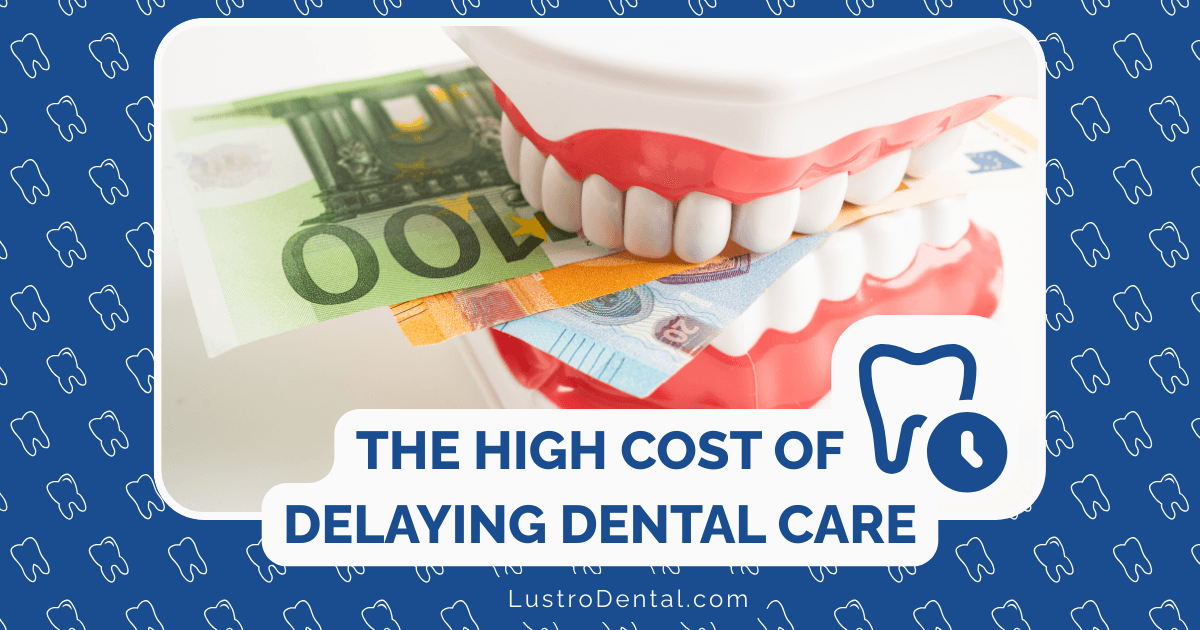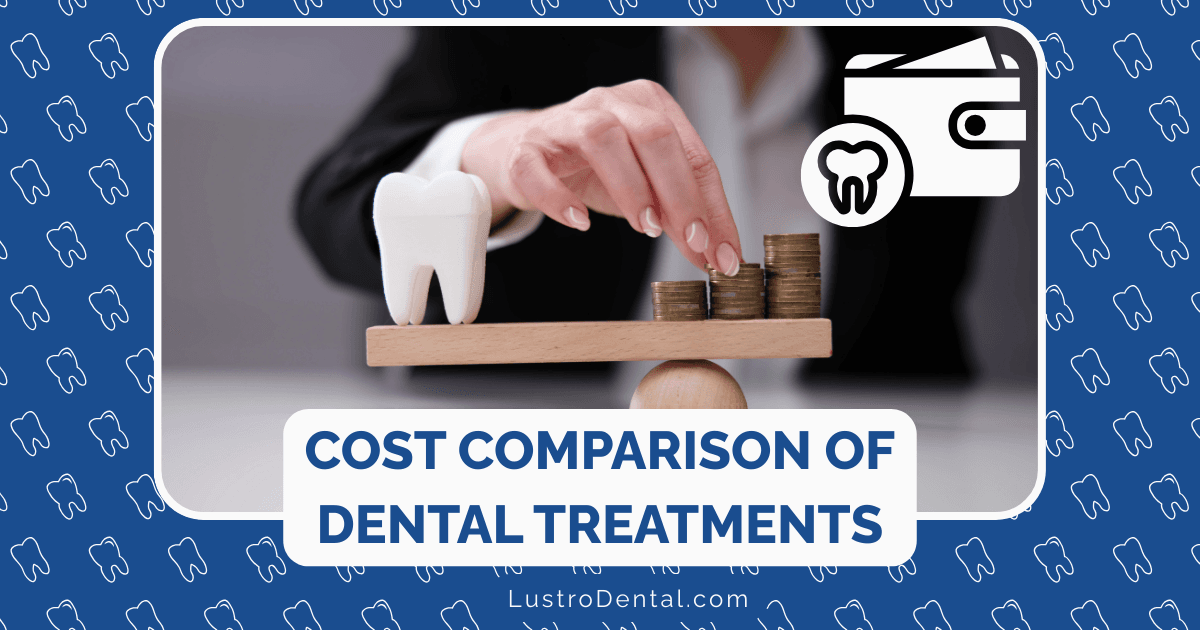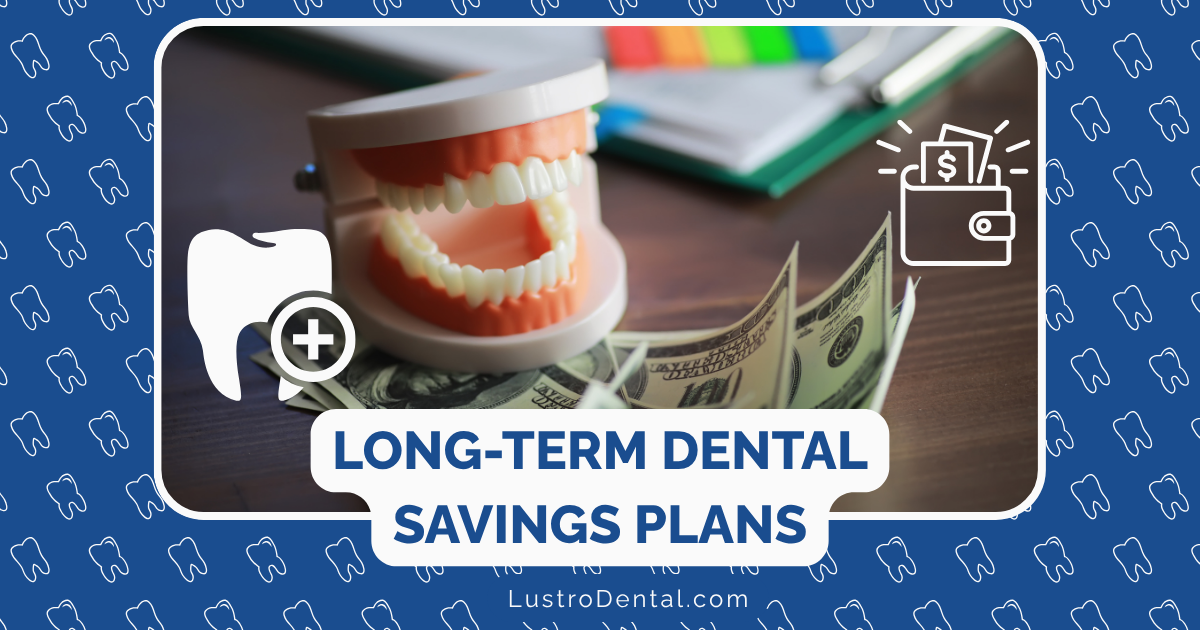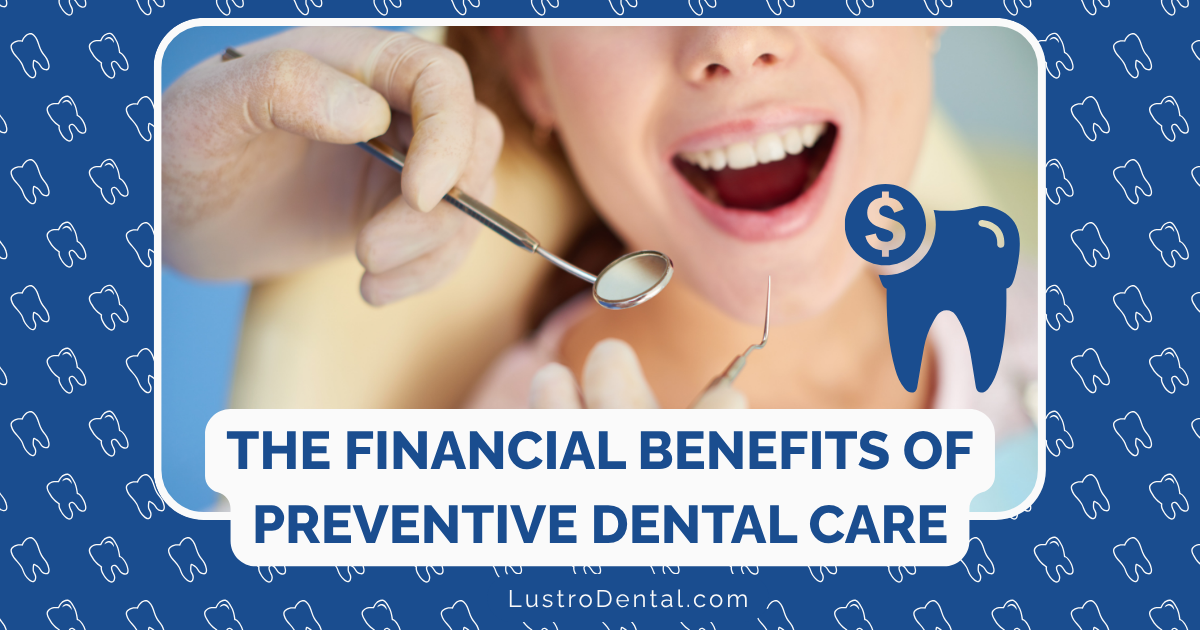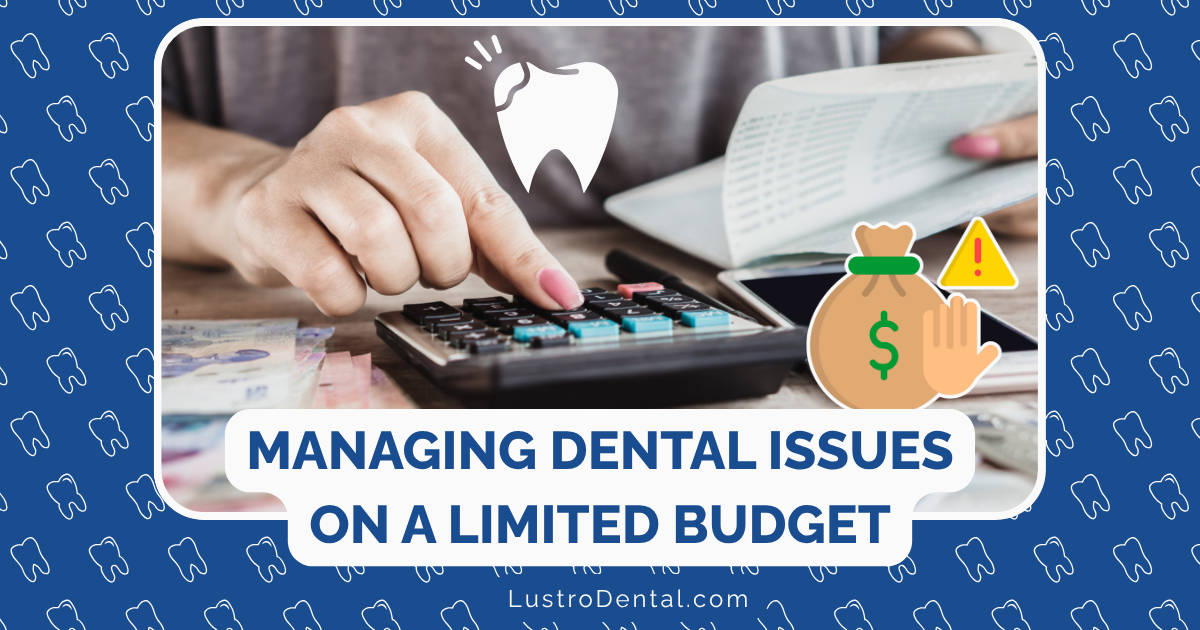How Membership Plans Work: The New Trend in Dental Practices

The dental industry is experiencing a quiet revolution. While insurance companies continue to complicate the lives of both patients and providers, a new model is gaining traction: dental membership plans. These subscription-based programs are changing how practices operate and how patients access care—and they might just be the future of dentistry.
According to the American Dental Association, over 65 million Americans lack dental insurance. Yet many dental practices are discovering that traditional insurance isn’t the only path to affordability for patients or profitability for practices.
What Exactly Are Dental Membership Plans?
Think of Netflix, but for your teeth.
Dental membership plans are subscription-based programs offered directly by dental practices. Patients pay a recurring fee (monthly or annual) directly to the practice in exchange for a predetermined package of preventive services and discounts on additional treatments.
According to DentalHQ, a leading provider of membership plan software, a typical plan includes:
- 2-3 cleanings per year
- 1-2 exams per year
- Necessary X-rays
- Discounts of 10-25% on additional services
- No annual maximums, no claims, no waiting periods
The key difference from insurance? The relationship is direct between patient and practice—no third-party administrator dictating terms, fees, or coverage.
The Mechanics: How These Plans Actually Work
For Practices
Setting up a membership plan involves several key steps:
- Plan Design: Practices determine what services to include and what discounts to offer.
- Pricing Strategy: Fees are set based on practice costs, local market conditions, and value perception. According to Pearly, most individual adult plans range from $25-45 per month or $250-500 annually.
- Subscription Management: Practices can manage plans in-house or use specialized software platforms that handle recurring billing, member tracking, and renewals.
- Compliance: Practices must navigate legal considerations, as these plans may be subject to state regulations regarding discount medical plans.
- Marketing: Successful practices actively promote their plans to uninsured patients and those frustrated with traditional insurance.
For Patients
From the patient perspective, the process is refreshingly simple:
- Enrollment: Patients sign up directly at the dental office or through the practice’s website.
- Payment: They pay the membership fee, typically with a credit card on file for automatic renewals.
- Immediate Benefits: Unlike insurance, there are no waiting periods—benefits begin immediately.
- Transparent Costs: Patients know exactly what’s covered and what their out-of-pocket costs will be for additional services.
- Direct Relationship: Any questions or issues are handled directly by the practice, not an insurance company’s customer service department.
The Economics: Why This Model Is Gaining Traction
The financial dynamics of membership plans explain their growing popularity.
For Practices
The numbers tell a compelling story:
- Recurring Revenue: According to Dental Economics, practices with 300 membership plan patients generate approximately $120,000 in recurring annual revenue before any additional services.
- Higher Case Acceptance: Membership patients accept 2-3 times more treatment recommendations compared to uninsured patients, as reported by Kleer, a dental membership platform.
- Reduced Administrative Costs: Practices spend an estimated 100 hours per dentist annually on insurance administration. Membership plans eliminate much of this overhead.
- Higher Patient Retention: Membership plan patients have a 95% renewal rate compared to a 75% retention rate for traditional patients, according to industry data.
- Practice Valuation: Practices with strong membership programs command higher valuations when sold, as they represent guaranteed recurring revenue.
For Patients
The patient economics are equally compelling:
- Cost Savings: Compared to paying out-of-pocket, patients typically save 30-40% annually.
- Predictable Expenses: Fixed membership costs make budgeting for dental care straightforward.
- No Maximums: Unlike insurance plans that cap benefits at $1,000-$1,500 annually, membership plans have no ceiling on savings.
- No Claim Denials: Since there are no claims to file, there are no denials to fight.
Real-World Examples: What These Plans Look Like
Let’s look at how actual practices structure their membership plans:
Example 1: Basic Adult Plan
- Monthly Fee: $29.99
- Includes:
- 2 cleanings per year
- 2 exams per year
- 1 set of bitewing X-rays
- 1 emergency exam if needed
- 15% discount on all other services
- Annual Value: $750+ (compared to fee-for-service prices)
Example 2: Comprehensive Family Plan
- Monthly Fee: $89.99 for a family of four
- Includes:
- All preventive services for each family member
- 20% discount on restorative procedures
- 10% discount on cosmetic services
- Free fluoride treatments for children
- Annual Value: $2,400+ (compared to fee-for-service prices)
Example 3: Perio Maintenance Plan
- Monthly Fee: $39.99
- Includes:
- 4 periodontal maintenance visits per year
- 2 exams per year
- Necessary X-rays
- 15% discount on all other services
- Annual Value: $1,200+ (compared to fee-for-service prices)
Implementation Challenges: What Practices Need to Know
While the benefits are clear, implementing a successful membership program isn’t without challenges:
1. Software Selection
Managing memberships manually becomes unwieldy quickly. Most successful programs use dedicated platforms like Kleer, DentalHQ, or Pearly that handle:
- Automated billing
- Renewal notifications
- Member tracking
- Compliance documentation
- Marketing tools
2. Team Training
Staff must understand:
- How to explain the value proposition to patients
- The differences between membership plans and insurance
- How to track and apply appropriate discounts
- Renewal processes
According to SVA Certified Public Accountants, practices that invest in comprehensive team training see enrollment rates 3-4 times higher than those that don’t.
3. Legal Considerations
Practices must navigate:
- State regulations regarding discount medical plans
- Proper contract language
- Terms and conditions that protect the practice
- Auto-renewal notification requirements
Many practices consult with healthcare attorneys to ensure compliance.
Beyond Economics: The Relationship Factor
Perhaps the most profound impact of membership plans isn’t financial but relational.
The Insurance Wedge
Traditional insurance creates a triangular relationship:
- Patient ↔ Practice
- Patient ↔ Insurance Company
- Practice ↔ Insurance Company
This triangle often creates friction, with the insurance company dictating terms to both parties.
The Direct Relationship
Membership plans create a direct relationship:
- Patient ↔ Practice
This direct connection fosters:
- Greater trust
- Better communication
- Increased focus on what’s best for the patient rather than what’s covered
- Higher satisfaction for both parties
Who Benefits Most From Membership Plans?
While not a universal solution, certain groups find membership plans particularly valuable:
For Practices:
- Fee-for-service practices looking to grow
- Practices seeking to reduce insurance dependence
- New practices building a patient base
- Practices in areas with high uninsured populations
- Practices preparing for transition/sale
For Patients:
- Self-employed individuals
- Retirees without dental benefits
- Families without employer-sponsored dental insurance
- Patients who have maxed out their insurance benefits
- Those seeking cosmetic services not covered by insurance
The Future of Dental Membership Plans
The trajectory is clear—membership plans are growing rapidly. According to Dental Economics, the number of practices offering membership plans has doubled in the past five years.
Industry experts predict several trends:
- Standardization: As the model matures, we’ll see more standardized approaches to pricing and structure.
- Network Development: Some membership platforms are creating networks of practices with reciprocal benefits for traveling patients.
- Integration: Practice management software will increasingly integrate membership functionality.
- Employer Adoption: Small businesses unable to afford traditional dental insurance are beginning to subsidize membership plans for employees.
- Data-Driven Optimization: As more data becomes available, practices will refine their offerings based on utilization patterns and profitability metrics.
Is a Membership Plan Right for Your Practice?
The decision to implement a membership plan should be strategic, not reactive. Consider:
- Your current insurance participation
- Your patient demographics
- Your team’s capacity to manage a new program
- Your practice goals and philosophy
For many practices, the answer is increasingly “yes”—but successful implementation requires planning, investment, and commitment.
The Bottom Line
Dental membership plans represent a fundamental shift in how dental care is delivered and financed. By removing the middleman, they create a more transparent, efficient, and relationship-focused model that benefits both practices and patients.
As traditional insurance continues to squeeze margins and complicate care, membership plans offer a compelling alternative that puts control back where it belongs: in the hands of dentists and their patients.
Have you implemented or considered a membership plan for your practice? Share your experiences in the comments below!
This article is for informational purposes only and does not constitute financial, business, or healthcare advice. Always consult with appropriate professionals before implementing new business models in your practice.


